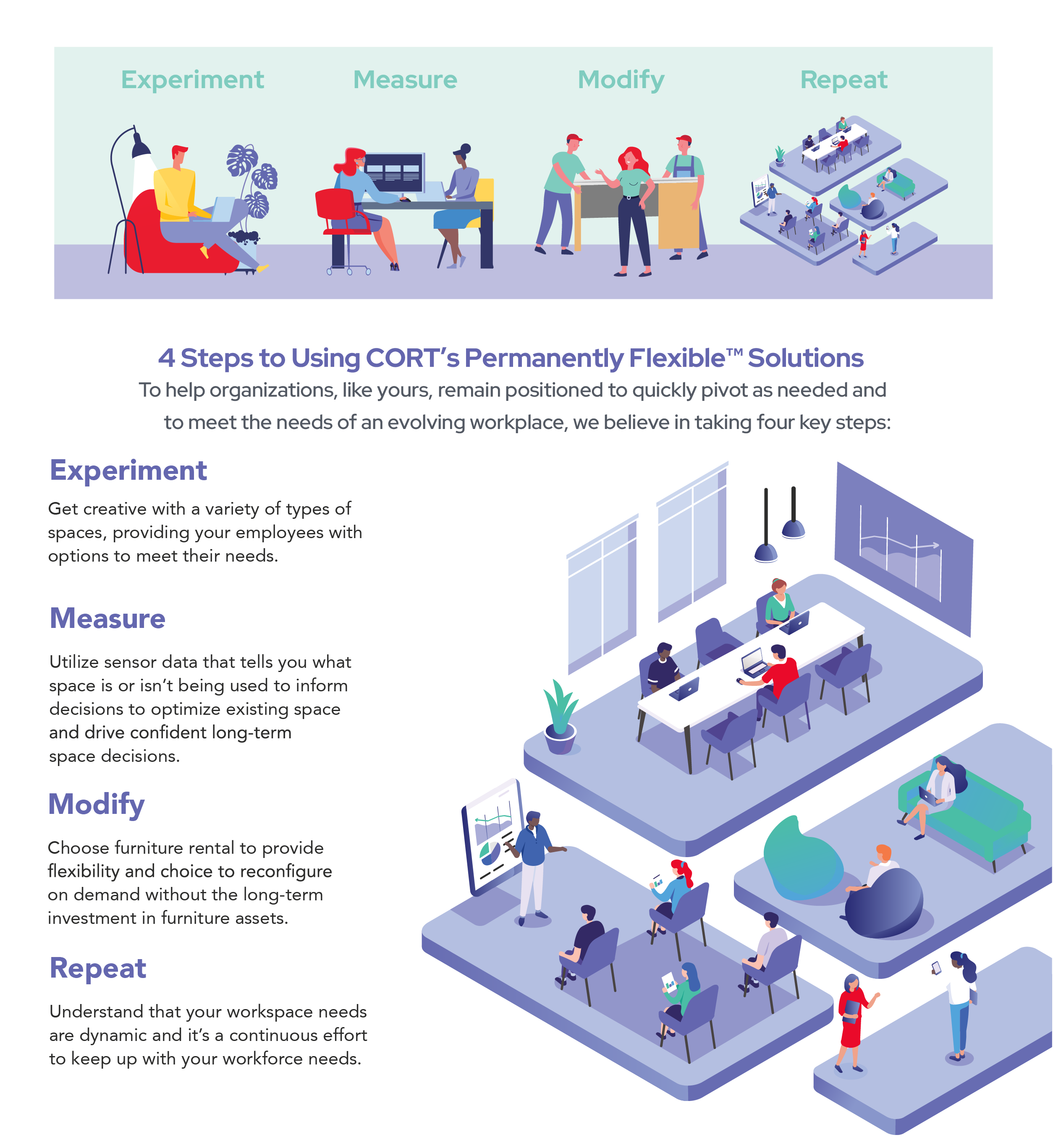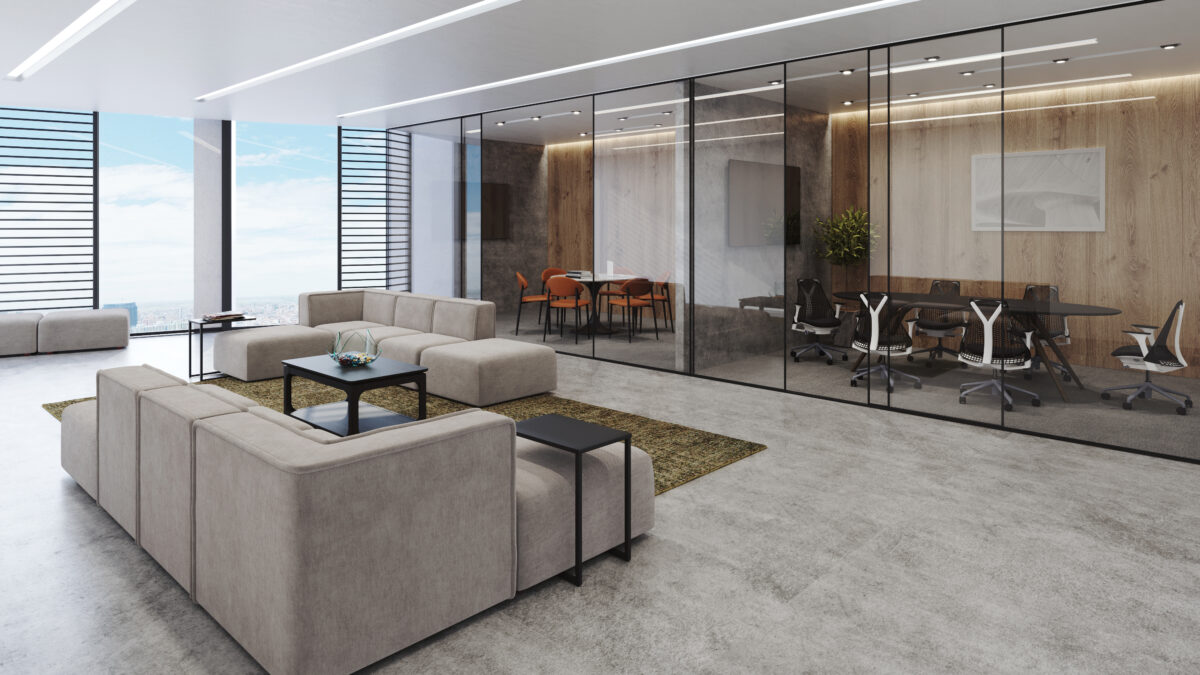As the work world finds its post-pandemic footing, a leadership crisis looms in the distance. Trends like Quiet Quitting and Quiet Firing reveal that although company culture was placed in the spotlight in 2022 and employees are working harder than ever, there continues to be a growing sense of resentment and burnout.
One of the contributing factors to the struggle in the workplace? Productivity paranoia – a high-stress work state for leaders and employees alike. More than just a buzzword, productivity paranoia can be a recipe for disaster. Workers feel immense pressure to show leaders that they’re working, even if that’s just appearing to be busy. While at the same time, leadership fears that losses in productivity can come from employees not working, despite their activity increasing.
The concept also represents a significant disconnect between how employers and employees perceive productivity, as evidenced by Microsoft’s Trend Index Report results. The shift to hybrid work models has shaken 85% of leaders’ confidence in their employees’ productivity, with only 12% of leaders indicating that they are fully confident their team is productive. In contrast, 87% of employees participating in the study reported being productive.
With the rise of remote and hybrid work, managers and leaders have less physical access to see what employees do daily. This lack of access has also led to increased and often unnecessary meetings. In Spring 2022, the number of meetings held every week increased by 153%, with overlapping meetings increasing by 46% per person, increasing mounting workloads and straining employees worldwide.
Overall, productivity paranoia increases the friction and tension between employees and leaders, which is counterproductive for everyone involved. As the workforce enters 2023, it’s time to end the long-term negative effects it can have. Here are some suggestions that leaders can begin implementing immediately to challenge productivity paranoia in the workplace.
Prioritize the Workload
Consider this: Would you rather your employees look busy or accomplish their tasks and get through their workload? At the root of productivity paranoia, there’s an unwillingness or inability to accept that there’s a new way of working — and it isn’t about filling a set number of hours with busy work.
One of the ways to combat productivity paranoia is with clarity. What you can do is help your employees focus on their most important work. A 2022 study from Microsoft revealed that 81% of workers want their managers to provide clear guidance on their workloads, but only 31% have ever gotten that help, underscoring just how critical it is for leaders to step up. Additionally, 80% of the managers in the same study reported that they would benefit from senior leadership guiding them on their most impactful priorities.
By providing the clarity everyone needs, leaders can avoid miscommunications, frustration, burnout, and productivity problems. Some ways leaders can do this are:
- Setting and communicating expectations about completing work on time.
- Adhering to company values.
- Participating in projects.
- Conducting themselves professionally.
It’s also helpful to connect employees to their “why,” reminding them how their role plays into the company’s vision and impacts the organization’s customers.
Meeting with employees to talk about these expectations isn’t enough. Leaders should also provide their workers with written communication to provide something people can refer back to when they need clarity on responsibilities, roles, and the metrics used to measure success. That clarity will help employees better understand how to prioritize their tasks.
Collaborate To Set Attainable OKRs
In addition to prioritizing individuals’ workloads, it’s critical to set objectives and key results (OKRs) — clear and measurable goals that prevent employees from wasting time trying to determine what they need to accomplish.
OKRs increase an employee’s sense of purpose while driving growth and resilience for the business. For an increasingly distributed and often asynchronous workplace, OKRs bring everyone together, focused on the organization’s purpose. They also shift the workforce’s focus from simple output to actual results, keeping everyone on the team engaged and moving forward.
All too often, leaders mistakenly assume that their employees understand that their work matters instead of bogging them down in everyday tasks without peeling back the curtain to allow them to see how the results of those tasks help the company succeed in its mission.
To be successful, leaders must ensure that employees understand the connection between their work and how it helps the organization reach its goals. Taking the time to set individual OKRs with employees helps them see the impact of their work in the big picture while increasing the odds that they will perform their work intentionally and eliminating any gray areas between what they should be accomplishing and what they think they should accomplish.
Empower Employees To Submit Feedback Through Daily Stand-Ups
Open conversations are critical for all sides. Leaders must build trust with employees and reciprocate that trust while encouraging ongoing communication and transparency. Open discussions through one-on-one meetings and group discussions are great, but daily stand-ups can help the workforce feel more connected and accountable. At the same time, this can also ensure that employees pivot when something urgent pops up or deadlines have to be adjusted.
This is a popular practice among businesses that incorporate Agile principles to coordinate teams and keep everything on track. It prevents one person from inadvertently overstepping and encroaching on someone else’s duties and tasks. It’s also an opportunity to enlist help, as needed, and share any obstacles preventing them from meeting their individual goals.
Ideally, leaders should hold the meeting daily at the same time, keeping it brief and no more than 15 minutes. Everyone must be present and participate, so the team understands the progress that’s being made. By sharing daily tasks and checking in the next day, these meetings create a loop of feedback and accountability that essentially makes productivity paranoia irrelevant.
Create a Work Culture that Embraces Differences
Productivity paranoia has also revealed that employees and leaders often have vastly different perceptions. We’ve learned over the last few years that one size does not fit all. By focusing on employees’ physical presence in the office and measurable performance indicators, leaders lose sight of what productivity looks like.
Microsoft’s special report, “Hybrid Work is Just Work,” revealed that 87% of employees report being productive on a typical day. Yet, only 12% of leaders are fully confident in their team’s productivity levels. This disparity underscores the need to evaluate the organization’s culture and how much they embrace differences, including the approach employees take to accomplishing their tasks.
Another problematic concept that can play into productivity paranoia is proximity bias — showing favoritism to employees working in the office. This practice often dismisses that some people simply work better remotely. It also derails morale and can lead to poor retention rates. All workers deserve to feel heard, seen, and trusted, whether in the office or working remotely.
Embracing the differences in how people work and their perspectives can create a deeper appreciation for each individual’s unique qualities and an understanding of productivity from a different perspective. In turn, it can help eliminate productivity paranoia and proximity bias, benefiting everyone.
Set Employees Up for Success in Their Working Environment
To attract and retain talent, leaders must recognize there’s a new way of working. Even more, they must provide employees with the tools, resources, and surroundings they need to remain productive (whatever that may look like) when they’re in the office and working remotely. In doing so, it enables workers to remain productive.
Providing employees with the technology, supplies, and autonomy that allows them to choose where, when, and how they work can boost employee productivity, with many choosing to work more days per month and fewer minutes lost to distraction daily.
But what does that look like for organizations with hybrid structures? How does it reshape the office?
It’s essential to provide flexibility within in-office environments too. Various work environments support different working styles. Some employees may prefer collaborating in comfortable lounge-like spaces. Others may need an area for quiet, focused work. Still, others might prefer combinations of different types of spaces.
CORT Permanently Flexible® Solutions with 4SITE by CORT Sensor Technology and CORT Furniture-as-a-Service™ are ideal companions in this situation. Organizations can experiment, measure, modify, and repeat when paired together within their office layout to suit changing goals and needs.

Additionally, CORT Office Furniture Rental provides the benefits of access over ownership, which facilitates the ability to pivot quickly and embrace what employees need, even as that shifts over time. In doing so, leaders demonstrate that they embrace the differences in how people work and honor employees’ feedback. Ultimately, in giving employees the flexibility they need, leaders can rest assured that work will be accomplished.
Challenge Productivity Paranoia This Year
Productivity paranoia can be like a plague in the modern workplace. Because of the lack of visibility when workers are not in the office, many leaders succumb. However, it’s counterproductive and can lead to distrust, disengagement, and employee retention problems that could ultimately hit an organization’s bottom line.
Remote and hybrid work is here to stay, but it’s not bad. Many companies saw a rise in productivity after going remote during the pandemic. It’s the ideal time to challenge the status quo and re-establish company norms.
Combat productivity paranoia, starting with providing employees with clarity about their workloads and collaborating to establish OKRs. Consistently get (and give) feedback using short, daily meetings and embrace the differences in how employees work best.
Taking all that information into account gives them the tools they need to succeed. For the times that employees are in the office, it’s equally critical to create working environments that best meet employees’ needs. Leverage CORT Permanently Flexible Solutions’ flexibility to design working environments that support the best experience for employees.






